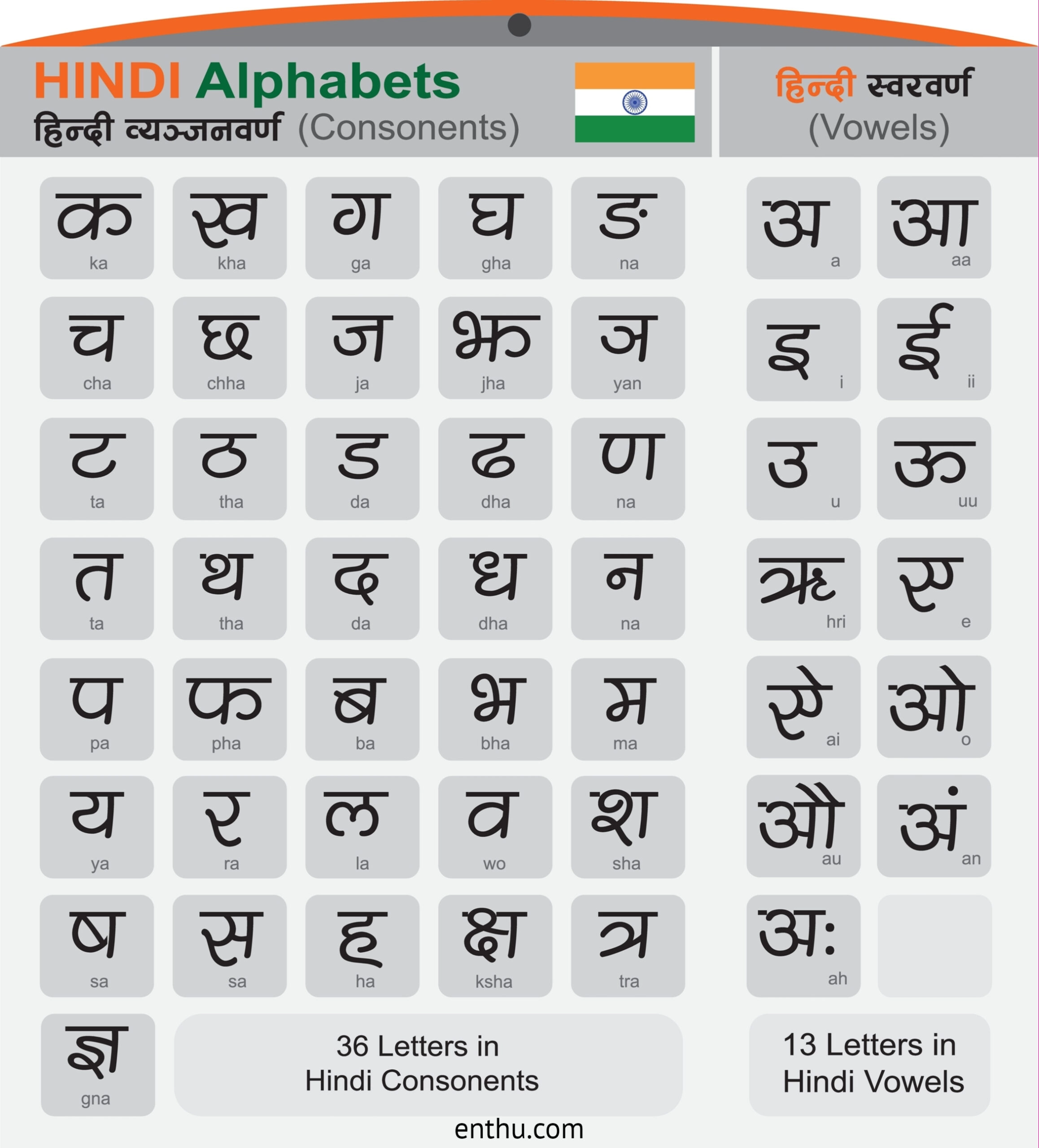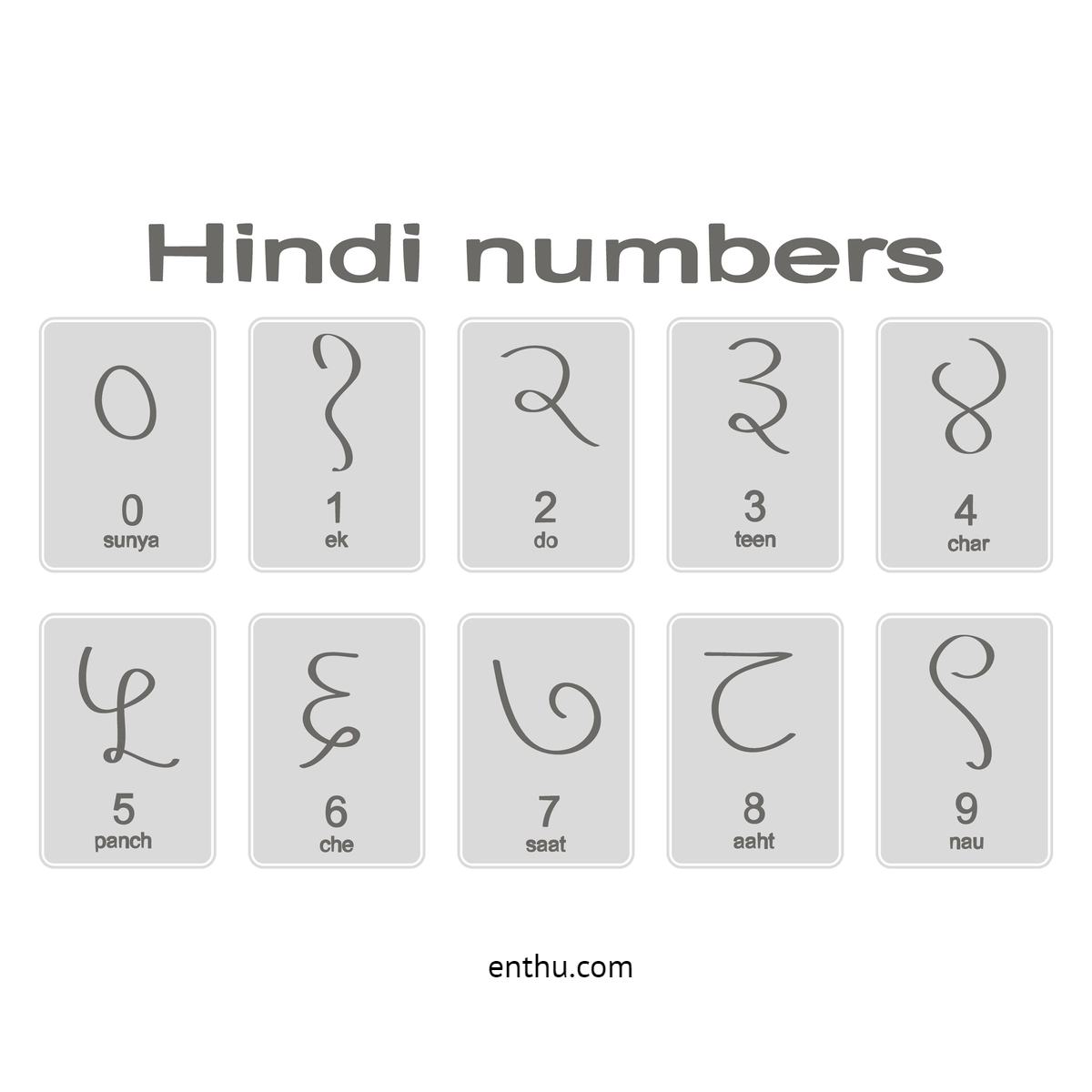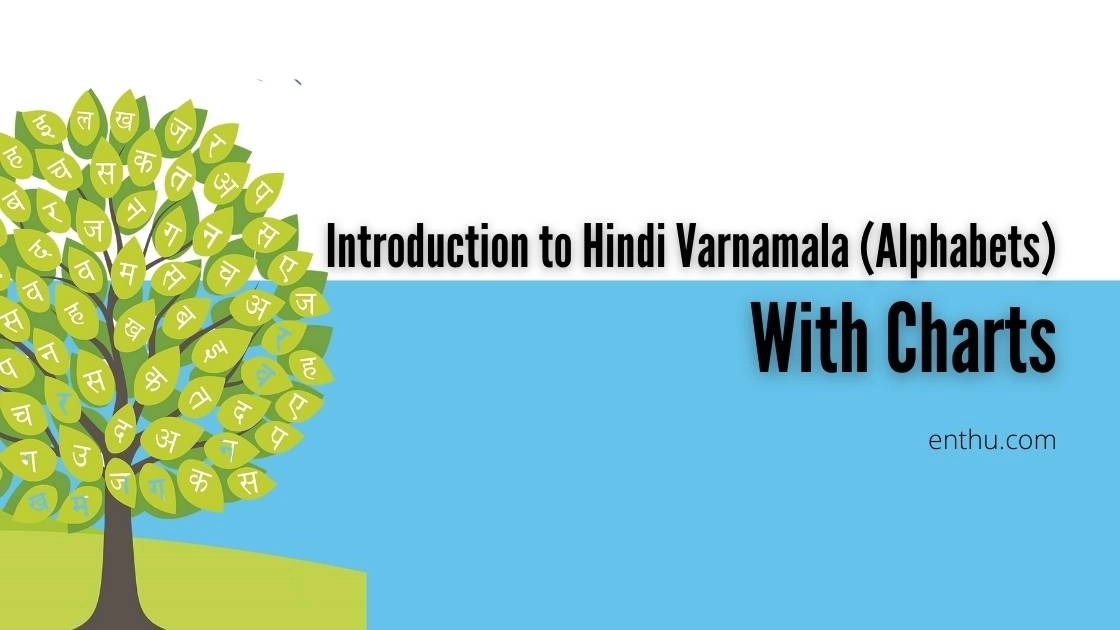Hindi is not only the most popular regional language in India, but it is the 3rd most spoken language in the whole world, just after Mandarin and English. Even if you are not familiar with the language, you may have heard a few words here and there.
The English language has adopted a lot of Hindi words in its dictionary. Be it your stylish 'bandana' or 'cashmere' pullover; you have been using Hindi all these years without even knowing. There can be various reasons for you to learn Hindi.
Whether it's for your next leisure trip or the urge to watch your favorite Bollywood movie without subtitles, your enthusiasm to learn the fascinating language is pretty understandable. Learning Hindi can also be a cultural heritage for some people.
NRIs often teach their kids Hindi so that the next generations can reconnect with their roots and communicate with their extended family back in India. As Hindi is the 3rd most spoken language in the world, learning Hindi can also benefit your career prospects.
Who knows, it might help you to connect with your colleagues in the Mumbai office better! So the first step towards learning Hindi is grasping the Varnamala with the Hindi alphabet chart.
Learning the Hindi alphabet is the first brick on the foundation. Once you get a good grip on it, you can learn pretty much everything.
Hindi Varnamala (with Hindi alphabets chart)
Hindi is the standardized form of the Devanagari script, a Sanskritized language. Though it has drawn influences from Urdu, Bhojpuri, Awadhi, and Sanskrit, modern Hindi is written entirely in the Devanagari script.
Like English, the Hindi varnamala (alphabet) is divided into vowels (स्वर) and consonants (व्यंजन). However, unlike English, Hindi has no uppercase or lowercase letters, which makes it simpler to learn.
You can easily recognize the Hindi script by its flowing, cursive-like letters and the distinct horizontal line running across the top of words this line is called the matra (मात्रा).
1. Vowels (स्वर)
Just like the English alphabet, Hindi vowels are the letters that don't require any other letter to pronounce; they are self-sufficient. You may not like this information, but Hindi vowels are divided into independent vowels and dependent vowels.
There are 13 independent vowels in the Hindi alphabet that are used at the beginning of a syllable.
Examples: अ(a), आ(aa), इ(e), etc. And the other variant is the dependent vowel, which is 11 in number. A Dependent vowel is used when an independent vowel follows a consonant.
Examples: ा(aa), ि(i), ु(u), etc.

2. Consonants (व्यंजन)
There are 36 consonants in the Hindi alphabet. In Hindi, they are called 'vyanjan' (व्यंजन). Interestingly, each of the consonants is inherently pronounced with an 'a' (vowel) sound, making it easy to pronounce. Examples: क (k), ख (kha), ग (g), etc.
3. Hindi Numerals
Hindi has its own set of symbols for writing numbers, just like any other standardized language. It is used to write decimal numbers instead of Roman numerals.
Learning Hindi numerals might be a bit tough for you because it doesn't follow the pattern of number pronunciation like in English. For example, when you go beyond twenty, you count the numbers as twenty-one, twenty-two, twenty-three, and so on.
But the same numbers in Hindi would be ekkis, baish, teish, and so on. It makes learning a bit complex because you have to remember the individual names for the numbers.

4. Conjunct Consonants
This is a unique letter structure commonly found in the Hindi alphabet. Conjunct consonants are basically two consonants vertically joined together and sounded like an amalgamation of the two individual letters.
As you already know, there are 36 consonants in the Hindi alphabet, so there can possibly be 561 conjunct consonants with two combined consonants and 6,545 conjunct consonants with 3 combined consonants. Well, don't get scared already.
Even a native Hindi speaker uses not more than 200 of these combinations. Also, the three consonant conjuncts are rarely used in modern times.
Fun fact: the word Consonant or Vyanjan (व्यंजन) is also an excellent example of conjunct consonant, where 'व्यं' is placed as the conjunct consonant. Examples: त + व = त्व, ण + ढ = ण्ढ, etc.
Check out EnthuZiastic hindi classes for a personalized piano learning experience.
Why Is It Hard to Learn Hindi for English Speakers?
Hindi is considered one of the hardest languages to learn for an English speaker. Although it is not a tonal language (thank god), Hindi seems to be pretty hard for people who speak Indo-European languages. The written form of Hindi lacks the phonetic connotation, making it hard for a learner.

Also, the complexity of consonants and conjunct consonants might just turn you off. Like French or Chinese, Hindi also comes with gendered nouns, which can be confusing for a foreigner. However, it doesn't mean you have to be a polyglot to learn Hindi.
If you have a love for this rich language (of course, Bollywood too), you can learn Hindi with practice. It might take longer than usual and seem confusing; you can always join online Hindi classes.
If you can do so, imagine what will happen on your next India trip? It's going to be exciting for sure. Imagine you are sitting in an Indian theater and watching a Shahrukh Khan movie without subtitles, won't it be amazing?
Hindi at a Glance
Devanagari alphabet or varnamala consists of 13 vowels or Hindi Swar (स्वर) and 36 consonants or Hindi Vyanjans (व्यंजन).
Hindi ranks as the fourth most spoken language in the world.
It is one of the official languages of India.
There are more than 430 million Hindi speakers worldwide.
Hindi is the most spoken Indian language in the US.
It is widely spoken in Mauritius, Fiji, Bangladesh, Pakistan, Sri Lanka, Suriname, and Guatemala.

Ultimate Guide to Noun in Hindi
Ultimate Guide to Pronoun in Hindi



Conclusion
There is no doubt that Hindi is a complex language. Especially for people who speak English. However, learning a new language is fun and exciting. Also, it opens up the opportunity to meet new people and get to know about another culture.
So, if you want to learn Hindi despite all the hardship, practice the alphabet every day, and if you want, take up an online course to learn better.
Also, you can read books by Harshish Patel for better learning. I would suggest you to go through the Hindi alphabet chart everyday in the beginning. Get ready to introduce yourself to a new world!
FAQs
1. Is it hard to learn Hindi for English speakers?
Yes, Hindi is one of the hardest languages to learn for the English-speaking population. Being an Indo-Aryan language, Hindi is different from Indo-European languages.
Hindi is hard to grasp because of its complex alphabet, pronunciation, and gendered nouns.
2. Is Hindi worth learning?
Hindi is the fourth most popular language in the world, just after Mandarin, English, and Spanish, consisting of more than 430 million speakers worldwide.
So, yes, learning Hindi is worth it. You will absolutely love it. It will help you communicate better in the Indian subcontinent and also help you communicate better in Indian communities.
3. How many letters are there in the Hindi varnamala?
The standardized Hindi alphabet consists of 11 vowels and 35 consonants. Also, there are dependent vowels and conjunct consonants.
4. What is the difference between Hindi and Devanagari?
Hindi is a widely spoken language in the Indian subcontinent. Hindi is the spoken language, and Devanagari is the Hindi language script. Devanagari are also the scripts of Nepali, Marathi, and Sanskrit.



.png)


Comments